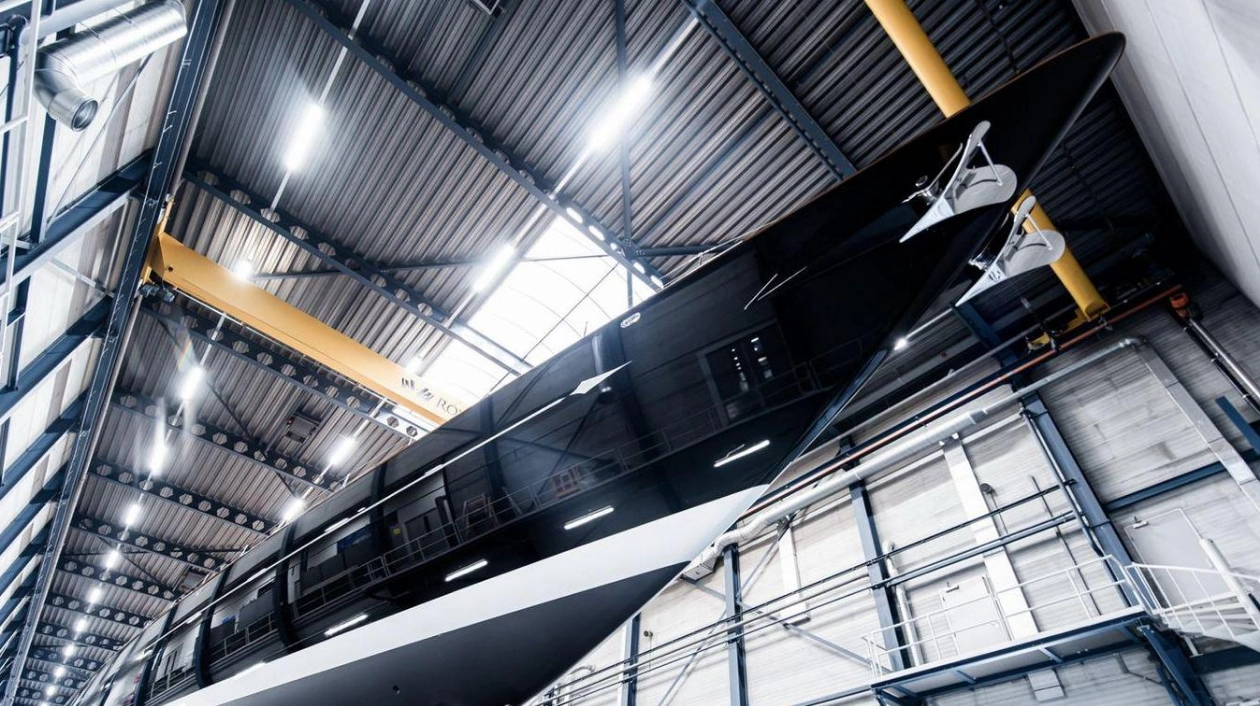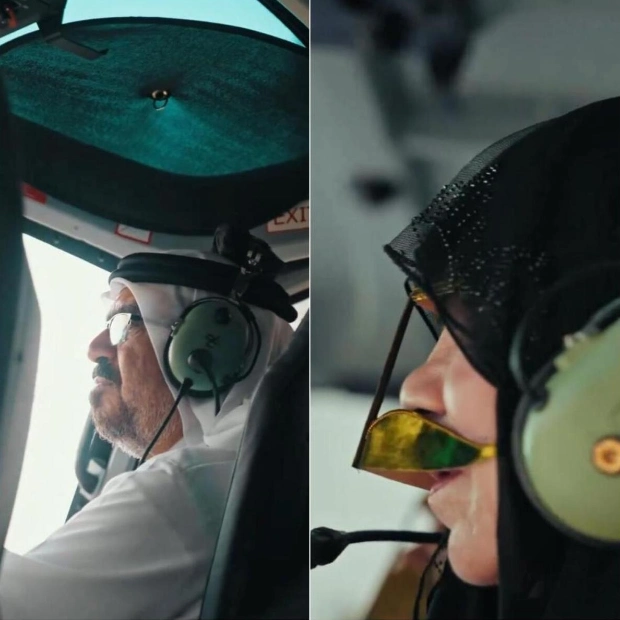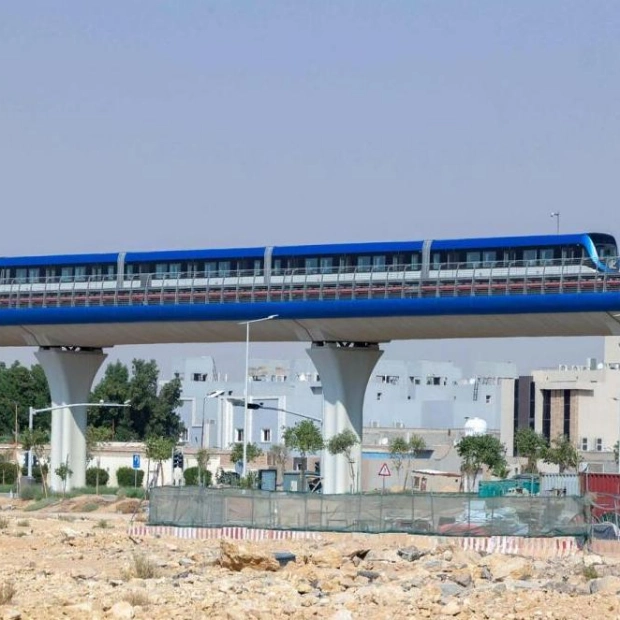The 65-metre sailing yacht Aquarius II has emerged from Royal Huisman's outfitting shed, ready for her journey to Amsterdam. There, she will undergo the final stages of construction, including her launch and the installation of her carbon Rondal masts and booms. Following this, she will set out on her sea trials.
Commissioned by an experienced yachtsman as a successor to his 56-metre Aquarius (Aspara), Aquarius II brings together the original design and build team: Dykstra Naval Architects, Mark Whiteley, and Royal Huisman. While larger yachts are often seen as superior in the yachting world, they also present unique challenges. Erik Wassen of Dykstra Naval Architects explained, "Once you exceed 60 metres in hull length, it becomes challenging to fit enough sail area for a mast height of 62.5 metres, which is the threshold for passing under the Bridge of the Americas." The owner, however, was unfazed by this, having already navigated the Panama Canal. This allowed the team to increase the mast height to 67.5 metres, providing the yacht with ample sail area for better performance in light breezes.
The owner's vision was to retain the essence of his current Aquarius while adding nine metres in length, which increases the volume by approximately 45%. This additional space accommodates a fourth guest cabin, a gym, and a reconfigured owner's cabin with a wraparound sofa. Aquarius II features two masts, a lifting fin keel with a draft of 7.6 metres, and a total downwind sail area exceeding 4,500 square metres. Wassen noted, "The owner enjoys sailing, so the yacht needs to be quick to set sail. This is achieved with in-boom furling and by keeping the deck equipment simple and uncluttered." As boats grow larger and heavier, their responsiveness can diminish. Wassen believes Aquarius II will maintain the responsiveness of its predecessor, thanks to its large sail area and stability.
Rondal and Doyle have partnered with Royal Huisman to ensure Aquarius II performs optimally on race circuits with a crew of 30, yet remains easy to sail globally with a reduced delivery crew. Drawing from the experience of the original Aquarius, Aquarius II incorporates semi-hybrid power generation, battery and load smoothing, enhanced climate control, side boarding arrangements, and a sail and mast design that maximizes the load reductions offered by Doyle’s structured luff developments and Carbo-Link’s solid carbon Elipse rigging. Wassen emphasized the importance of optimizing the rudder shape and balance for a 400-tonne yacht, stating, "There’s a delicate balance between having a responsive helm and struggling with it."
In terms of aesthetics, Aquarius II will feature a slightly lower forestay, a different ratio between the main and mizzen masts, and a lower-profile deck house.
Source link: https://www.boatinternational.com






